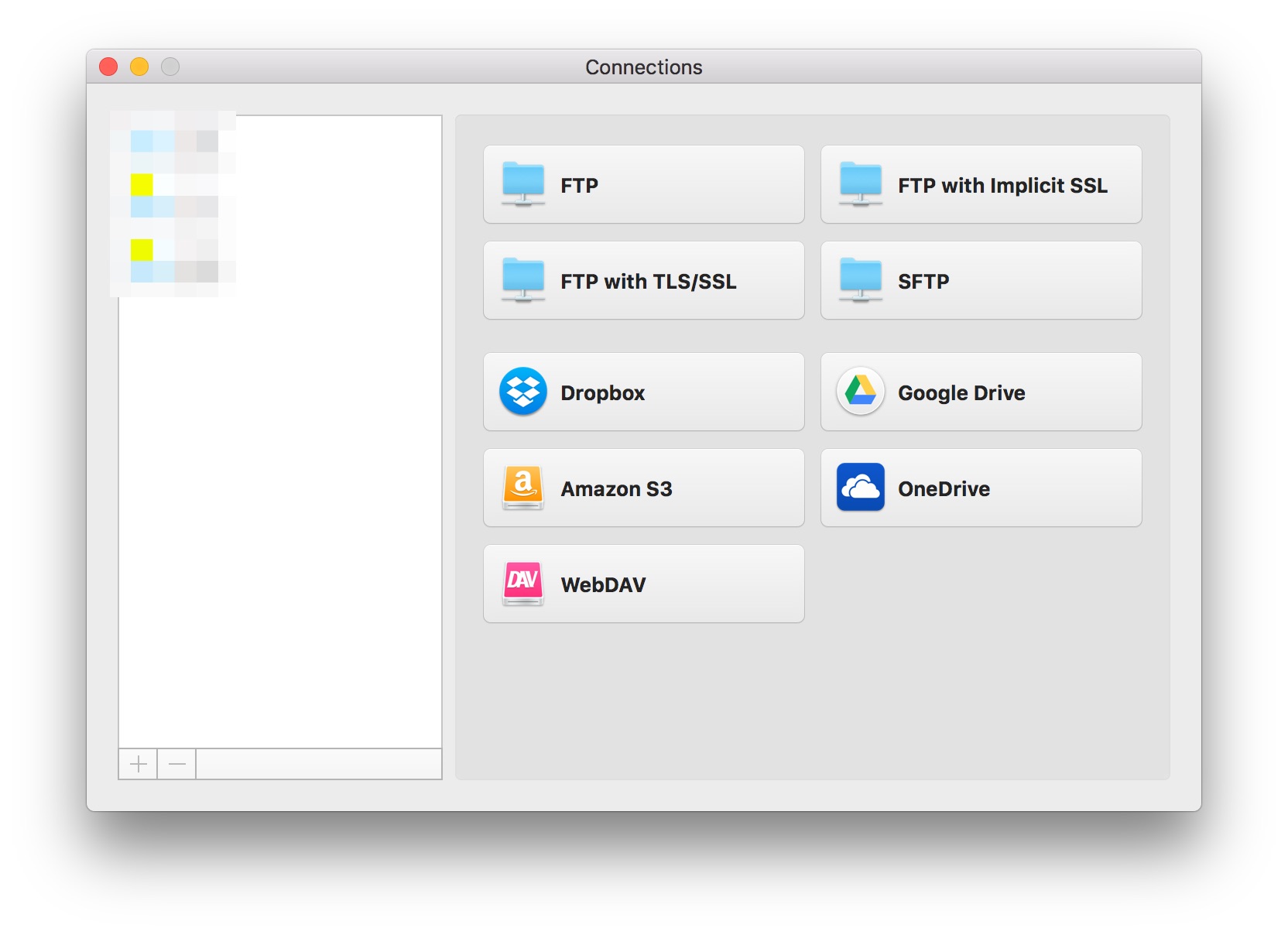
They are fine if you want to drag one file into some other folder. Graphical file-managers are nice and have their purpose. However, the feature is practical if you need to pull just a few files from an archive with a whole lot of files. One minor annoyance is that entering very large archives can be a bit slow. Just press enter on a tar.bz2 and mc will happily enter it as if it's just another folder thanks to it's built-in virtual filesystem support. Mc supports using a wide range of archives as if they were normal folders. Mc's text-based nature makes it the obvious choice for file-management when you've ssh'd into some remote box and need to organize some files on it.

You will not get to mount Samba shares unless you explicitly demand that functionality. configure defaults to -enable-vfs-smb=no. Usernames and passwords are used the same way you would input addresses in thunar/nemo/etc: or pitfall you may run into if you build it yourself is that. Mc can open and use remote file-system attached with ftp, fish (shell link), sftp and samba. However, that's not really where it shines and a graphical file manager is better for that kind of use. Mc can be used to launch files into programs too. There isn't anything quite as nice if you need to move say 10 types of files form a folder like Downloads/ into ten other folders. The GNU Midnight Commander is really efficient for moving files between folders. Copying or moving files is done by the function keys, which should be used is indicated on the bottom row. The latter brings up a dialog box where you can select files based on shell patterns. Selecting files can be done by pressing ins or + on the number-pad. Navigating through folders and folder trees is quick and efficient. It can be used with a mouse but it's most efficiently used with a keyboard.

Mc is made for really quick keyboard navigation. It is second to none when it comes to file-management (except perhaps mv/cp/rm in a pure shell). It has a traditional two-folder view with a row of function shortcuts on the bottom. It supports mounting remote file-systems using protocols like sftp and samba. It is easy and efficient to use and very powerful. The GNU Midnight Commander ( mc) is a text-based console file manager.


 0 kommentar(er)
0 kommentar(er)
